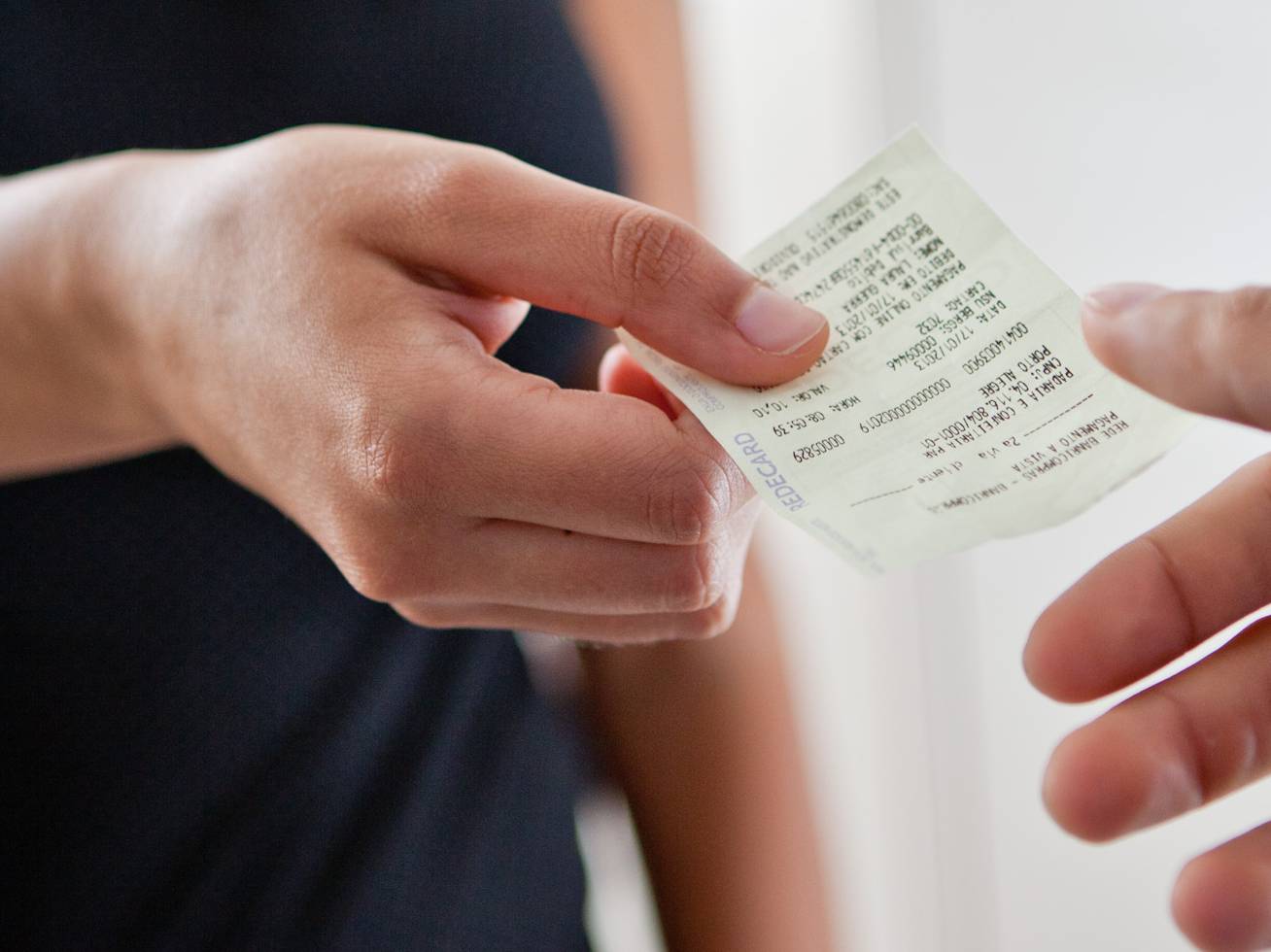Unreasonable pessimism gave way to unfounded optimism in the economy – 06/14/2023
4 min read
The stock market is on the rise, heading towards 120,000 points and there are excited people already anticipating 150,000 points to be reached. The dollar is at a low point, it has broken through the BRL 5 barrier, and it has been hovering around R$4.85 for several days, and it can already be seen on expectations that it will reach around R$4.50. GDP (Gross Domestic Product), which will not grow even by 1% in 2023, according to estimates at the beginning of the year, may end 2023 with an expansion of 2.5%. Inflation is losing steam, and in the Focus Bulletin the forecast for this year, which has been down for four consecutive weeks, is lower than 5.5%.
Having started his term with bleak prospects for the economy, the Lula’s government Seems to be taking a positive turn. Even the expected global recession has not been confirmed, and the outlook is that if it does happen, it will be moderate. As a result, expectations of a record surplus in foreign trade, close to $70 billion in 2023, began to emerge.
The “turn” has been attributed to Lula’s luck, a factor that many attribute to the relative success of his first two stints. Lula may be a lucky person, but it is not luck alone that explains the results of his previous administrations, just as it is not mere luck that must be taken into account when assessing the current state of the economy.
In fact, the explanation for the positive “surprise” with the economy, in this second quarter of the year, is as follows: Pessimism without reason gave way to optimism without a basis in reality.
The best, in the economy, in 2023, given the great economic indicators, we are already past. The peak momentum of economic activity occurred in the first quarter. Also in the case of the inflation trajectory, the lowest point, in 2023, should be reached in June. Over the course of the year since then, although the indicators are far from as severe as the previous pessimism imagined, the indicators should show some deterioration.
In the case of inflation, the latest estimates indicate a moderation in the monthly indicators, but an increase in the accumulated in 12 months, due to the less favorable comparison basis for the second half of 2022, after the efforts of the Bolsonaro government to contain the inflationary march on the eve of the presidential elections. The most optimistic view is that inflation, after falling to 3.3% in June, on the edge of the target center, will end the year at around 5%, still above the system’s tolerance period ceiling for targets.
As for activity, forecasts for the remaining quarters of the year point to stagnation after growth of 1.9% between January and March. Estimates of the expansion of activity over the year indicate that the legacy of 2.4% will not have the strength to ensure GDP growth of at least the same size, without a push from the government. In a sign of the difficulties, the number of judicial reorganization requests increased significantly, in the first months of 2023, reaching the highest volume in five years, during this period.
Consumption and investment continue to rate
Market surveys point to difficulties in expanding consumption in 2023, due to credit constraints – either due to defaults or higher interest rates – and higher-priced products and services, though growing at a slower pace, and a decline in the stock of household savings. Forecasts are insufficient growth, less than 2% in real terms through 2022, half of the recorded expansion in 2022.
Investment in the water industry also continues. As a measure of investment in GDP, gross fixed capital formation (GFCF), which includes spending on machinery and equipment, civil construction and infrastructure work, among other factors, fell 3.4% in the first quarter of 2023 compared to the last quarter of 2023. 2022, when it actually shrank by 1.1%, compared to the third quarter of last year. As a result, the investment rate, which correlates the Global Fund for Financial Exports and GDP, fell to 17.7% of GDP, from January to March this year, marking the lowest point in three years.
The government is rushing to boost the economy
Lula and his government have shown signs that without the momentum of official programmes, the economy is in fact likely to drift sideways. In addition to the resumption of the Bolsa Família and other income transfer programs, several measures aimed at boosting economic activity are being implemented or announced soon. some examples:
Advance payment of the 13th salary to INSS retirees and retirees for the months of June and July, repeating the practice adopted by the Bolsonaro government. It will be about R$ 60 billion, mainly conveying household consumption;
Expect the Desenrola program to renegotiate the debts of defaulters with income up to a minimum wage to begin from the fourth through the third quarter. If successful, Desenrola will make room for increased consumption, by installments, of at least 40 million people who are currently in default and without access to credit;
Infrastructure works program, starting in July, as well as expansion Minha Casa, Minha Vida for income ranges up to 10 minimum wage. These programs are a classic method of encouraging large-scale economic activity, and their aim is to move civil construction, a sector that affects a large production chain and provides employment for less qualified workers.
The bottom line of this story is that if the economy is doing worse, it is still far from good. Lula does not hide that he is running to push economic activity and try to get it out of the shaky ground in which it is still mired.

“Entrepreneur. Music enthusiast. Lifelong communicator. General coffee aficionado. Internet scholar.”







